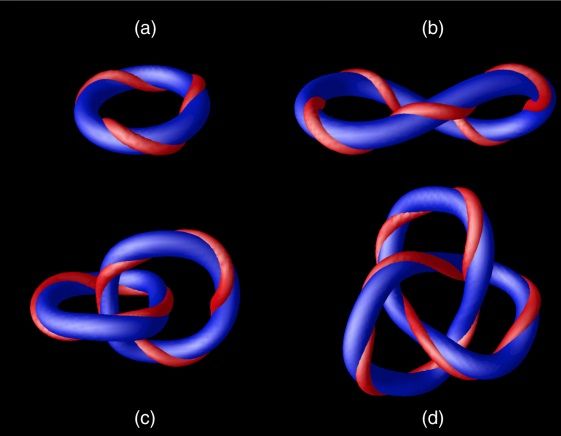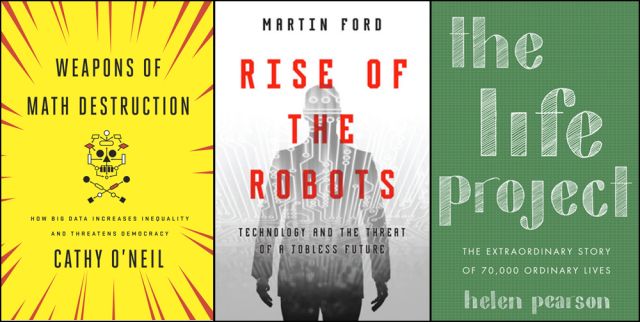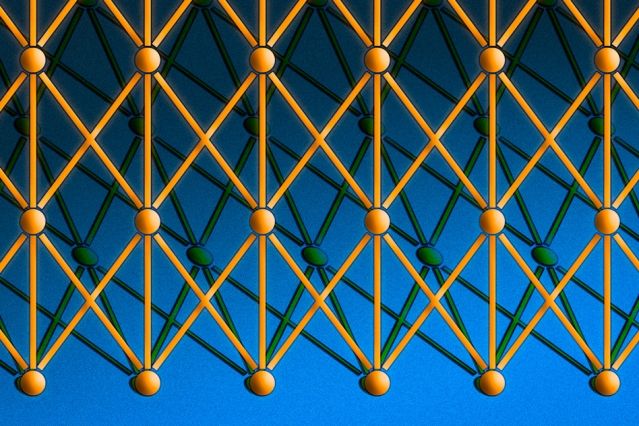Jul 4, 2017
This is the Closest Thing We Have to a Master Equation of the Universe
Posted by Andreas Matt in categories: information science, mathematics, physics, space
The grand theory of almost everything actually represents a collection of several mathematical models that proved to be timeless interpretations of the laws of physics.
Here is a brief tour of the topics covered in this gargantuan equation.
This version of the Standard Model is written in the Lagrangian form. The Lagrangian is a fancy way of writing an equation to determine the state of a changing system and explain the maximum possible energy the system can maintain.
Continue reading “This is the Closest Thing We Have to a Master Equation of the Universe” »

















